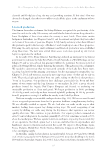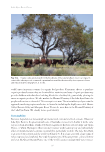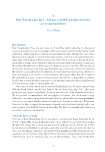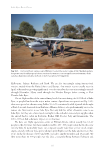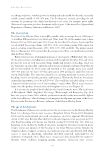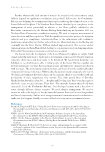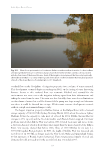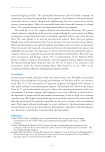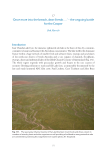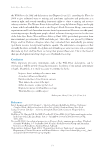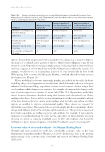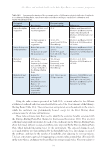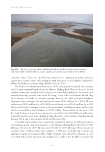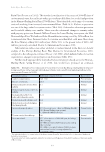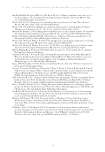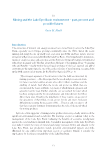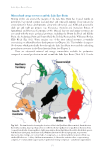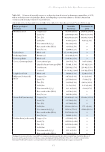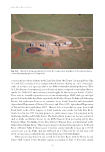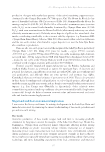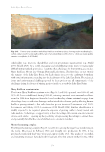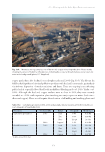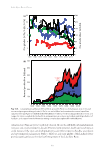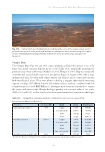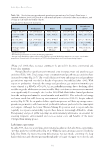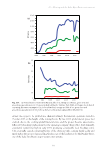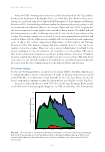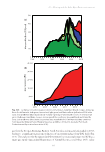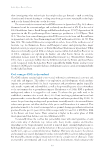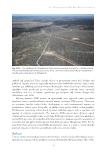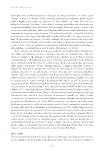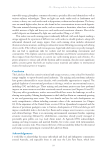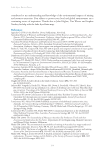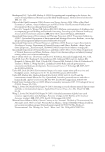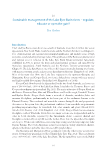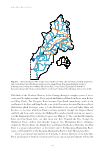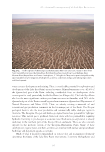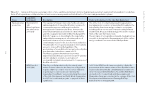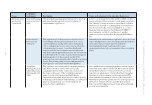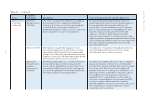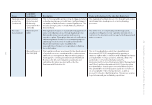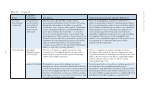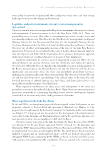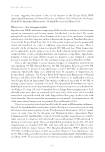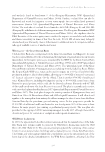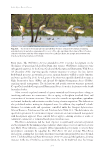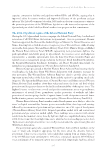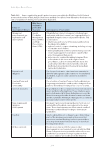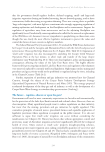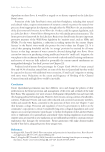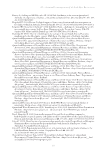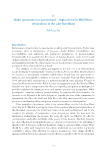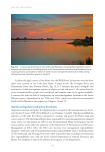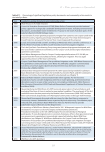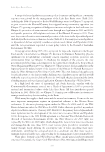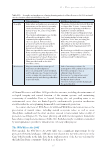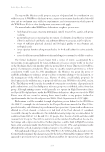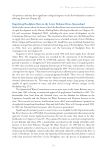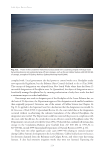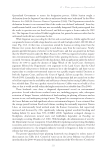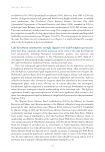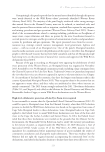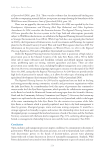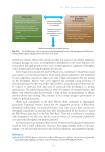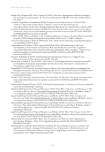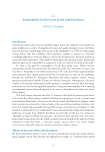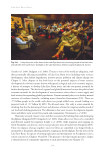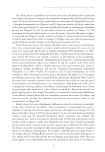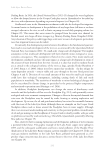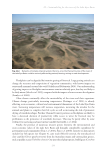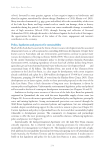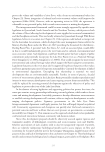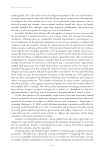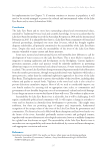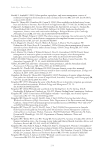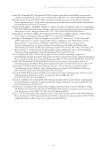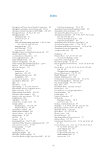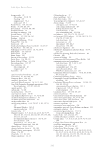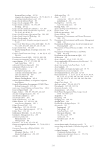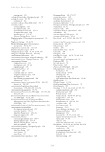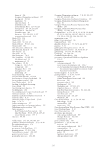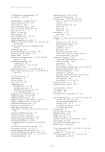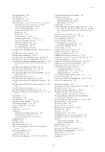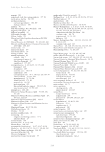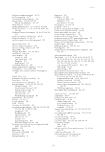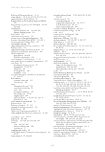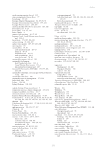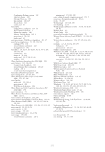2 – Water – where, when, how much? 27 Windorah–Nappa Merrie reach of Cooper Creek require that the river has a minimum flow of 3220 ML per day before extraction can occur, with a maximum extraction allowed of 120 ML per day without a storage. This means that no water could be extracted in the driest 10–20% of years of the flow record at the Currareva gauge. These extraction rules minimise the effects of potential water extraction. However, once established an operation could lobby for increased access to reliable, rather than opportunistic, water extraction. How much – future requirements of monitoring and modelling for the Lake Eyre Basin The rivers of the Lake Eyre Basin experience water extraction volumes that are very low (see Chapter 20), compared to the far more heavily regulated rivers of the neighbouring Murray– Darling Basin (Kingsford 2000). In the Murray–Darling Basin, Commonwealth and state governments are spending more than $13 billion on water management and environmental flows to redress historical over-allocation of water resources (Murray–Darling Basin Authority 2012). The overriding management paradigm in the Murray–Darling Basin is to identify and provide the minimum amount of environmental water, and appropriate temporal patterns of flow, that will maintain acceptable levels of ecological health for the rivers. In contrast, essentially all of the river flow in the Lake Eyre Basin rivers is needed to support its natural patterns of boom and bust and the current good state of ecological health (Leigh et al. 2010). Therefore, the management paradigm in the Lake Eyre Basin should determine how any development (and associated change in flow regime) will affect the present ecological health of the rivers (see Chapter 22), and use this understanding to guide acceptable levels of extraction or changes to flow patterns, rather than aiming to define minimum environmental flow requirements. Conclusion The ‘where’ and the ‘when’ issues for rainfall and flow illustrate the complexities and challenges in determining a sound response to the ‘how much water?’ question for the rivers of the Lake Eyre Basin. The most difficult aspect of ‘how much?’ lies in answering the question of ‘how much effect would water extraction, or infrastructure development that changes flow patterns, have on the flow regime and ecology of downstream ecosystems?’ This is particularly hard to answer because of the difficulty in identifying hydrological and ecological change in this highly variable system with short and incomplete flow records. Changes are likely to have the most effect on the smaller flow events, depending on extraction rules or placement of pumps, weirs and dams. For this reason, modelling of the large Lake Eyre Basin rivers must include the capacity to accurately simulate small flow events, rather than concentrating on simulating mean or large flow events. It is not acceptable to make broad policy and management decisions based on insufficient modelling, given the potential long-term consequences. Modelling of small flow events requires more emphasis on which flow paths are activated, and the relationship between flow volume and how much water is required by floodplains. Modelling flows in the small rivers of the Lake Eyre Basin must also address acceptable accuracy when simulating smaller flows. Here, the challenge is not so much the spatial variability of flow paths, as
Downloaded from CSIRO with access from at 216.73.216.88 on Nov 13, 2025, 2:31 AM. (c) CSIRO Publishing








































































































































